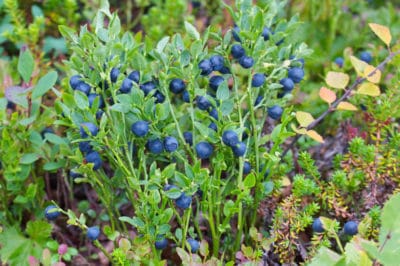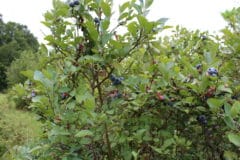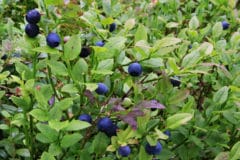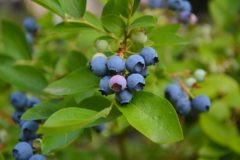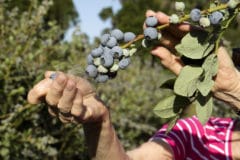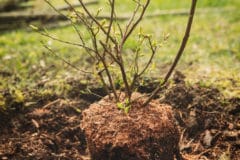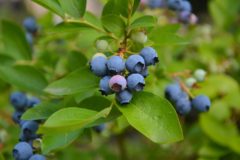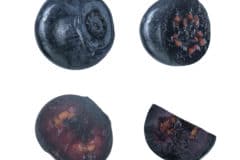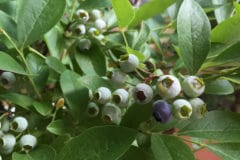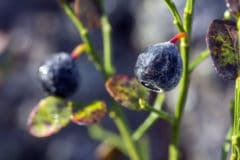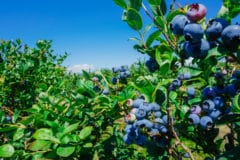Types of Blueberry Bushes
Blueberry bushes produce edible blueberries. Japanese blueberry trees, on the other hand, are mainly planted as hedges or standalone landscaping trees. If you want to grow edible blueberries, choose from these varieties. Select the ones suitable for your climate:
- Highbush – These blueberry bushes have canes that grow upward. They produce pink blossoms and have 1-inch, dark green leaves. In the autumn, the foliage turns into shades of red and orange. Highbush blueberries grow up to 12 feet high. The best climate for them is in USDA Hardiness zone 3.
- Lowbush – These blueberries do well in USDA Hardiness zone 2. They have one-half-inch, shiny, dark green leaves. The white flowers are bell-shaped. The foliage turns reddish-brown in the fall. Lowbush blueberry bushes grow up to 2 feet tall.
- Hybrid half-high –These blueberry bushes were cultivated from highbush and lowbush blueberries. They prefer hardiness zones 4 to 5. The flowers are white. The foliage is red orange in the autumn. They can reach 4 feet high.
- Rabbiteye – The natural habitat of these bushes is Southeastern U.S., They are large bushes, reaching up to 15 feet. They grow well in hardiness zones 8a to 9a. Rabbiteye have leaves with green tops and bluish bottoms. The flowers are pink and shaped like bells.
If you’d like to grow blueberry bushes at home, select the variety right for your weather conditions. Opt for Highbush and Half-High bushes if you live in the north or midwest, Lowbush for cooler northern weather and Rabbiteye for warm, southern temperatures.
